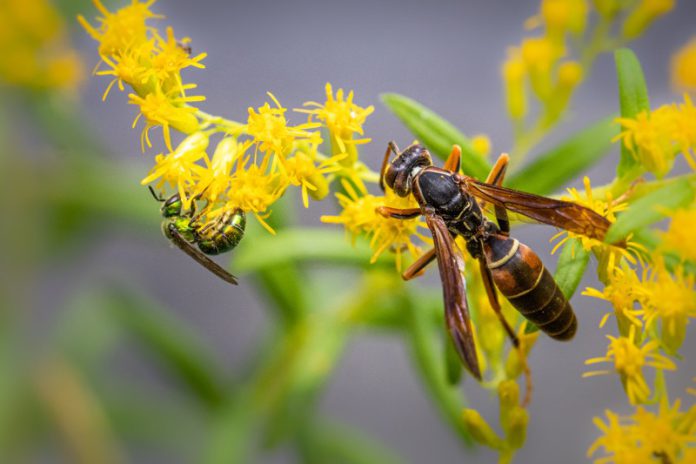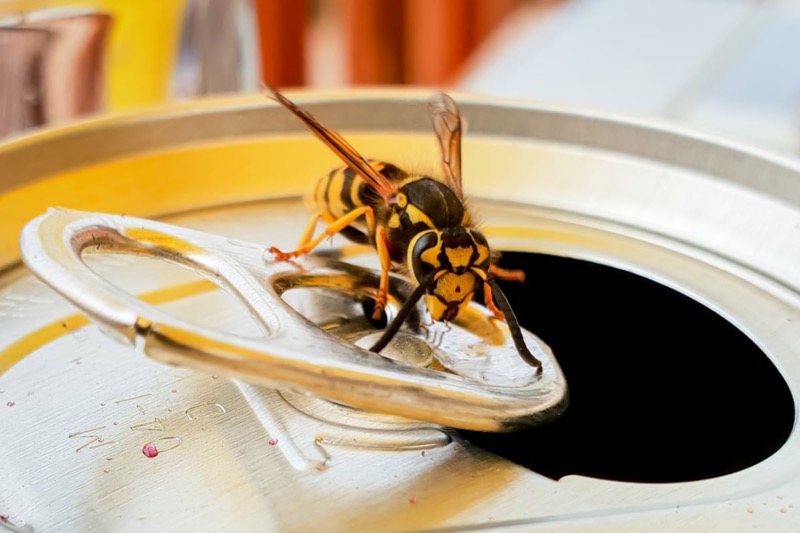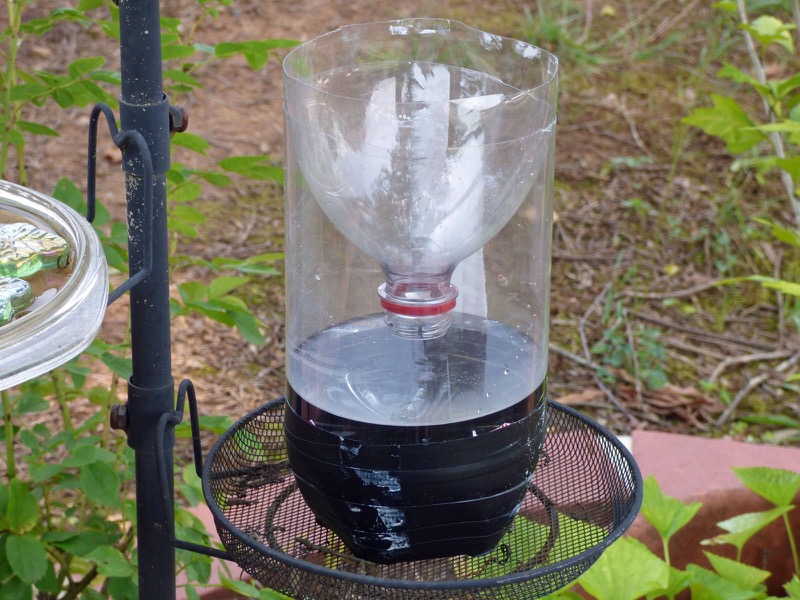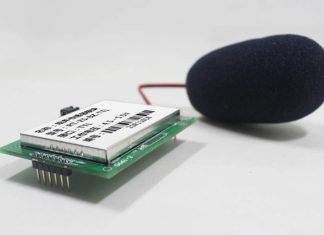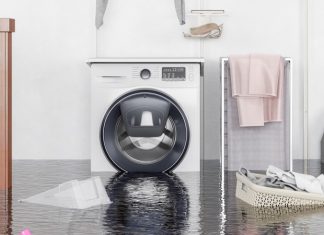Wasps are very deadly insects that you shouldn’t mess with. In the US, over 60 deaths are attributed to bees, wasps, and hornet stings each year. Though little, those buzzing insects can terminate your life. Therefore, you need to make sure that they don’t sting you. In this post, we will identify some species of the insect and share tips for getting rid of them.
What Species of Wasps Are in Your Yard?
There are different species of wasps. Some are aggressive while others are quite docile. Because of the difference in their behavior, it is important to identify the type of wasp in your yard before you deal with them. Here are some common species:
Yellow Jackets
They have yellow and black markings and are the size of a bee. They exist in colonies in order to protect themselves. They build their nests in the soil or inside structures. You can visit https://www.healthline.com/health/yellow-jacket-stings to find out how to treat a yellow jacket sting.
Paper Wasps
They are quite bigger than the yellow jackets. They have black or brown with red to yellow markings on their bodies. They build small nests and can be found near building shelters. They don’t sting except when they are threatened.
Hornets
Over 20 hornet species exist currently. They are usually black with white or light-yellow stripes. They chew wood into paper-like pulp and use them to construct nests. You can typically find the nests on trees and woody plants. Hornets are social and won’t sting except you provoke them.
Mud Daubers
They have black and bright yellow marks on their body, legs, and thorax. They don’t exist in colonies like other wasps. They prefer to build nests for their offspring and themselves. They are also docile.
Why Are There Wasps in Your Yard?
You may be wondering why these insects decided to swarm your yard. Here’s the fact: wasps do migrate, but some things attract and encourage their stay in your yard. They include the following:
Shelter
During autumn, the male wasp dies after impregnating the queen of its colony. The queen then finds shelter in a safe and warm place where she can survive the cold winter. Therefore, if you find a wasp in your yard, it must have found refuge there. Cracks, crevices, and insulated walls protect wasps from harsh elements and potential predators.
Food Sources
When the winter is over, the queen sends her workers to gather food for the summer season. At this time, they will be very hungry because they couldn’t go out during the winter season. So if they find food in your garden or yard, they will be happy to stay. Species like the digger wasp preys on grubs, larvae, and any insect it finds. As a result, you need to eliminate pests like spiders so the insects won’t get attracted to your yard.
Leftover Food
Although the insects go out in search of food, they won’t reject free meals. They scavenge protein-based leftovers such as grill drippings and meat scraps. You may not be able to control the aroma of your dishes, but you can clean spills promptly and cover your food.
Sugar
Wasps like sugar and will cling to fallen fruits to get some. Other good sources are fruit juice, hummingbird feed, and soda cans.
Flowers
The insects are attracted to flowers as they enjoy sucking nectar. They also like fragrance and may quickly overtake your garden. Strong perfume can also attract them.
Tips for Eliminating Wasps
If you want these deadly insects to leave your yard, here are some time-tested tips:
Use a Wasp Trap
The best wasp trap gets rid of the insect by attracting it with a liquid. When the insect crawls in, it gets stuck and drowns. The trap is effective and can hold many dead wasps without looking scary. You just need to replace it from time to time and hang it outdoors.
Wasp Nest Spray
You can get this from your local store and use it on an active nest on your property. Ensure you wear protective clothing before using the spray. Also, the spraying should be done towards nighttime, when the insects are tired, and both the queen and workers are present.
Additionally, ensure that the spray has a nozzle. This will allow you to work over the nest without coming close to it. Repeat the procedure after 2 or 3 days if necessary.
Use Water and Soap
You can make a DIY insecticide with water and soap. Get a clean spray bottle and fill it with water. Add 2 tablespoons of your regular dish soap and mix thoroughly. Spray the mixture on the nest. This will prevent the insects from breathing properly by clogging their breathing pores. It also kills them instantly.
Create a Homemade Trap
You can build your own wasp trap with a soda bottle. Cut off the top, then add a small quantity of fruit juice or soda with some drops of regular dish soap. Invert the bottle and cover the top with the part that you cut off initially. Hang the trap outdoors. The sugar in the juice or soda will attract the insect, then when they get into the bottle, the soap will choke them.
Eliminate Emerging Wasps
You can use an insecticide or wasp-specific spray to get rid of individual wasps as soon as you spot them. Ensure you follow the instructions on the label for best results.
Treat Potential Nesting Areas
Spraying the existing nest is not enough; you need to treat potential nesting areas. Get residual liquid insecticide from a nearby hardware store. Spray it on those areas where wasps are more likely to nest. These areas include a wood fence, playset, patio, and deck. It will discourage the insects from nesting there.
Contact a Professional
When the insects have formed too many colonies, a DIY method may not be feasible. To get rid of them faster, you can contact a professional pest management company. They will destroy the existing insects and stop the formation of new colonies.
Conclusion
Wasps are deadly, so you need to stop them before they stop you. The common species are yellow jackets, paper wasps, hornets, and mud daubers. They are attracted to sugary and protein-based foods, fragrances, and places that offer them shelter and safety. The tips we shared will help you get rid of them.
